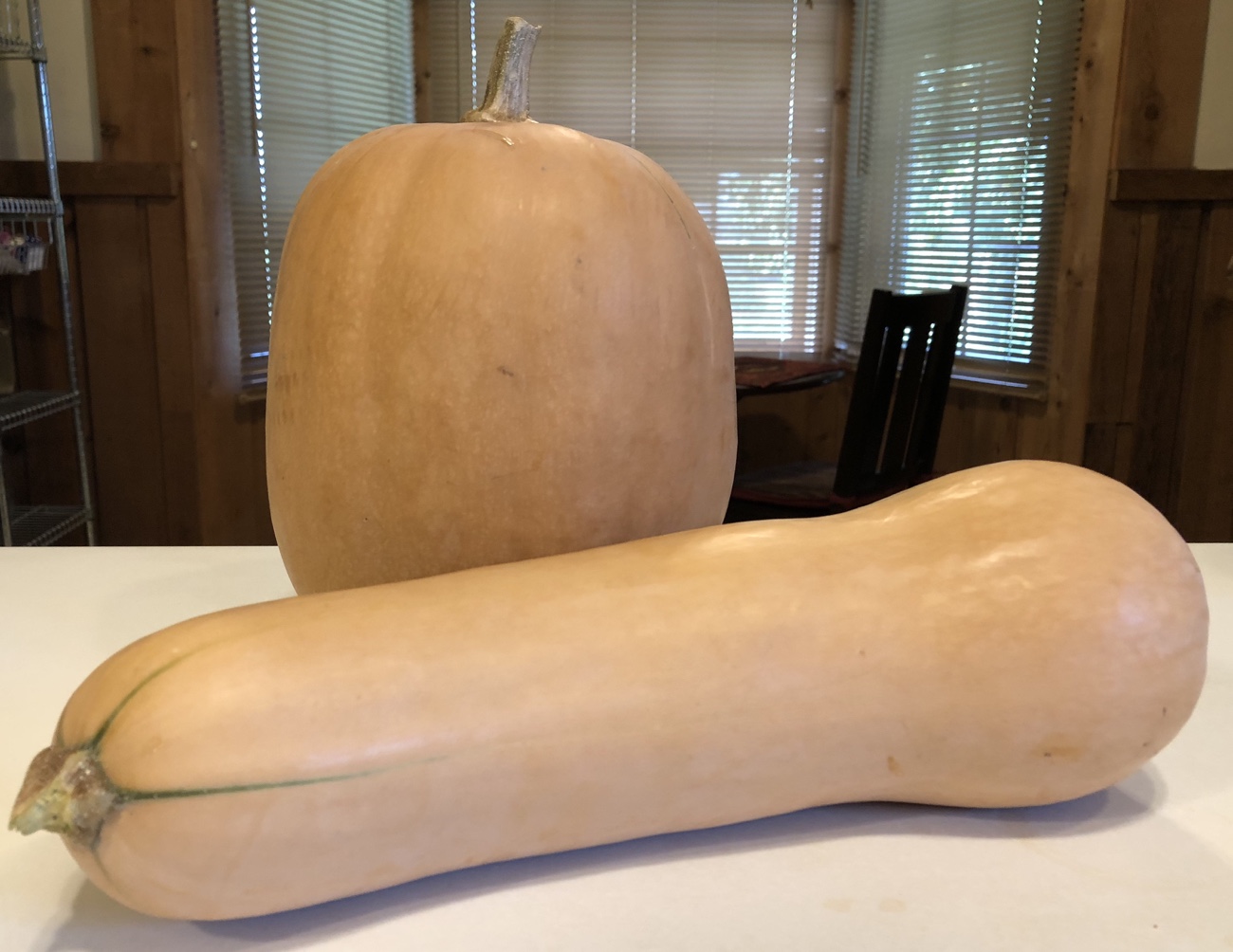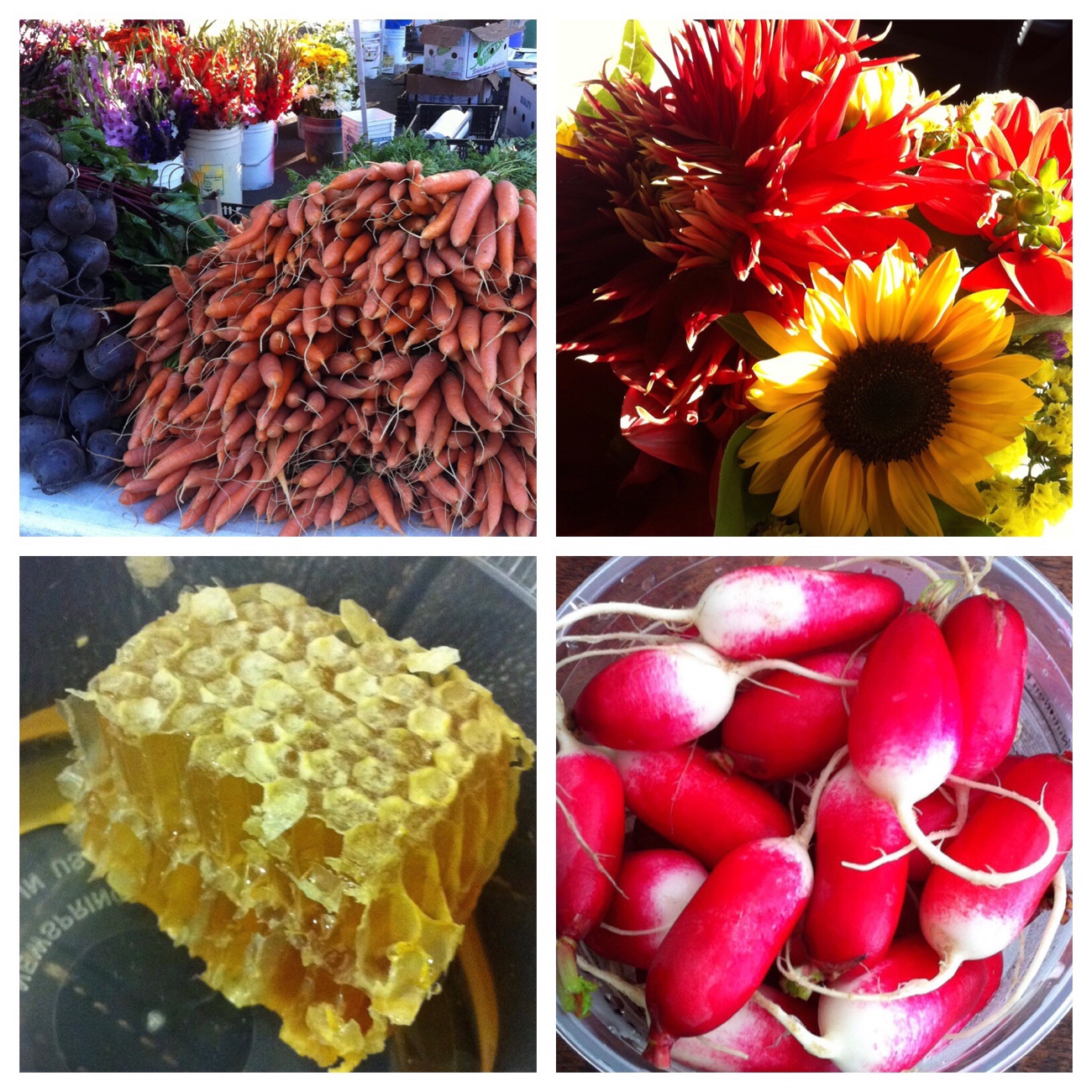
As we’ve shared previously, we’re big fans of eating locally. We like getting to know the farmers that provide the food we buy (because we can’t produce everything ourselves), and also like knowing that these dollars will stay in the local community. Local farmer’s markets have been good sources for vegetables like tomatoes and squash, but now that we’re in October, those markets are ending for the season. So what will we do in the “off” season?
It definitely becomes more challenging during the fall and winter seasons. We have just one grocery store in the towns nearest our farm (and it’s the same grocery store chain in both of the towns that we live between), and, unfortunately, it’s neither farm stand, food co-op, nor natural foods-centric. We can pretty much only buy some organic veggies – though the selection is very limited and often the produce looks terrible – and an occasional package of organic cream cheese, if in stock. The vast majority of the place is crammed full of processed, pre-packaged items, with fresh produce relegated to the building’s far reaches. It’s almost surreal to walk through a huge grocery store and know that most of what’s for sale isn’t our kind of “food”; for us, it really may as well be very nearly empty.
But we still do need to eat, right? We’ll get through the seasons by seeking out fresh produce at stores that are farther away (like Fresh Thyme and Trader Joe’s). We’ll also begin shopping at Costco again (though we’re still really quite irritated by the whole credit card switch fiasco that led to our boycott of the company for a couple of years – take a hint, Costco: no one wants to be switched to another credit card company without their express permission and be misled about it!) because they do carry organic produce and other whole food items. We still have to be very careful about what we buy there, though.
There’s a new(ish) Fresh Thyme Farmer’s Market less than an hour away from us and we checked it out a few weeks ago. It reminded me of a cross between the Lucky’s Markets in this area and Whole Foods Market. I was impressed by the quality and diversity of their produce – it was the first place I’d found fresh turmeric root, other than at Whole Foods. They also carried interesting root veggies like jicama, celeriac, rutabaga, and daikon. In the absence of farmer’s markets, this looks like a viable place to buy veggies for spiralizing!
As we look for ways to further reduce our meat consumption, I’ll be making more meals with tofu and other non-meat proteins. The tofu bolognese we enjoyed recently was so good, we really didn’t miss having real meat in it – and those are the kinds of meals I’m focusing on. We also enjoy our Tofurky deli slices on sandwiches, and while they’re not an exact flavor match for turkey or ham deli slices, they’re tasty in their own right and we can eat them knowing that they don’t contain cruelty meat from industrial farming operations.
We do still buy small amounts of pastured beef from the same farmer from whom we buy dairy products, and we know exactly how that beef is raised, we know the farmer’s philosophy (which is Salatin-esque), and we can see the cattle on the farm when we drive there. Short of raising that cattle ourselves, it’s as close to farm-to-table as we can get.
For various reasons, we didn’t get our raised garden beds in and going this year (and seeing the lumber just sitting in the outbuilding makes me feel a tad guilty). It’s my goal to have raised beds with fruits, veggies, and medicinal herbs going next year…and to have it produce enough to supply our immediate needs, as well as surplus to freeze and preserve for the “lean” seasons. Ideally, we’d be able to simply pull out produce from our own pantry or freezer during the winter months, rather than relying on what we can find in stores, some of which will have been transported great distances (to the detriment of the produce and the environment). We’ll also continue to sprout grains and legumes for fresh, nutritious, and crunchy additions to bowls, wraps, and other meals throughout the year.

If you’re lucky enough to have a year-round farmer’s market or a farm stand near you, patronize it – buy local! Fresh, local whole foods are best, and those dollars stay in your local area. As a small farmer, I can tell you that your support matters…and is appreciated. Help small farmers continue making a difference!

Comments are closed.